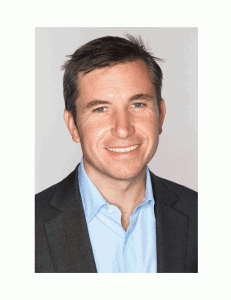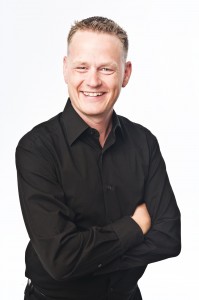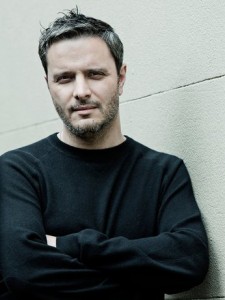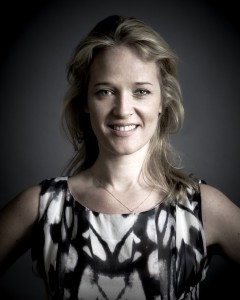* The latest in our series of Tim Healey interviews is with Jamie Jouning, Digital Director of Condé Nast
 Vogue has just seriously tweaked its online and tablet presence, what’s new for the digital reader?
Vogue has just seriously tweaked its online and tablet presence, what’s new for the digital reader?
Our aim for sometime now has been to raise the standard of our digital proposition up alongside our print products and the recent launch of Vogue’s monthly iPad edition and the new website does exactly that. Cleaner, intuitive navigation, bold, fully responsive digital design and the exposure of relevant content on every page, provide the digital reader with a massively enhanced, but ultimately unique Vogue experience online and on tablet.
What’s new for the digital advertiser?
Fully responsive ads that expand and contract to the size of your screen; stunning full screen gallery interstitials that allow the advertiser to take advantage of our new, best in class gallery experience; bespoke in-content ads that sit neatly within the body copy of the article. On tablet the possibilities are endless and the only constraints are on the imaginations of our advertisers.
As Digital Director at Condé Nast, what are your responsibilities?
I oversee the web and mobile business across the Condé Nast brand portfolio, from commercial through to editorial and product development. I am extremely fortunate to have a lot of very talented experts in each of these specialist fields, so my job is made all the more simple.
Is the future of Condé Nast digital?
The future of Condé Nast is multi-platform. We have a robust print business that is showing no signs of decline, while the digital business is expanding aggressively alongside. Our mission statement is to continue to deliver brilliant, beautifully designed content on whatever platform our audience chooses to consume it.
You have been at Condé Nast since 1996, what have been the major changes you have witnessed?
When I started at Condé Nast sales orders were written out by hand in triplicate and faxed to clients, unwieldy chromalins were the only way to colour check your editorial pages pre-press and you could smoke at your desk. The digital revolution has imparted itself on every single core function at Condé Nast and will continue to shape our business in years to come.
What’s the most beautiful place your work has taken you?
During my time on GQ I was fortunate enough to go on photo shoots all over the world. If I had to pick one, then it would have to be Rio de Janeiro, not least as we managed to squeeze in a visit to the Maracanã stadium to watch Flamengo versus Fluminese – the beautiful game, in the beautiful city.
What’s the last album you downloaded or bought, and why?
Abba Gold – at my daughter’s behest, it was for her fifth birthday party celebrations.
Where do you live, and why?
London, SW6. I grew up in North London so this is as far south as I’m allowed to go – migrating south of the river is out of the question.
What do you do to relax and unwind?
I play league cricket for Southgate CC every Saturday in the summer and follow Spurs avidly through the winter, although relaxing is not a word that I’d necessarily attach to the latter. Spending time with my wife and two daughters is the ultimate relaxation, particularly if it happens to involve good food and fine wine.



